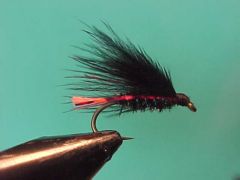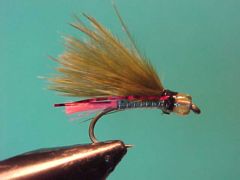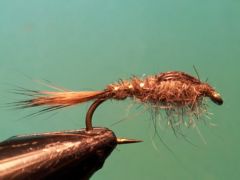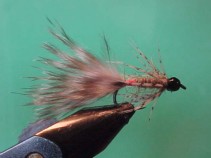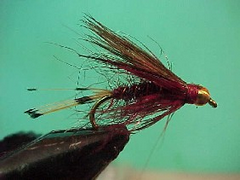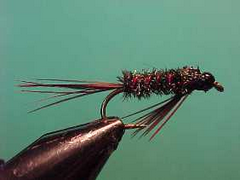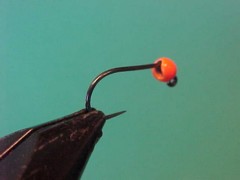Chatto’s “inch” nymph
This fly has been designed with polaroiding in mind. Its also a great fly for covering rising fish … particularly if mayfly are around. It’s unlike all the other nymphs that I tie in that it is tied with as little extra weight as possible. As a result it hits the water softly and once there sinks slowly in a realistic way giving the target fish plenty of time to see the fly and hopefully eat it.

